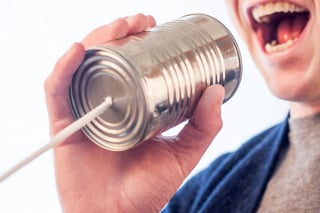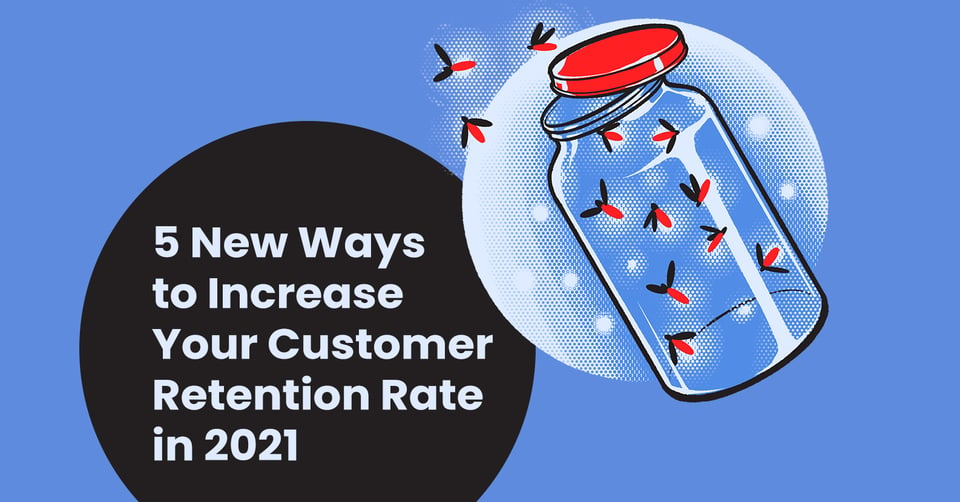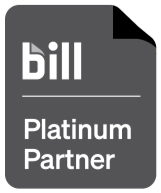As a business owner, there’s no reward more valuable than a good word of mouth referral.
91% of B2B buyers reported being influenced by word of mouth when making a purchasing decision, while 88% said online reviews were just as powerful as a referral from a trusted friend.
One thing is 100% certain: word of mouth referrals are like gold. So how can you keep them coming in for your business?
Create a System
If you sell something, you likely already have a system in place--the life cycle of your sales process, if you will.
For example, let’s say you sell coffee mugs online. Your sales process might look like this:
Customer clicks Facebook ad > Visits website > Signs up for mailing list discount > Receives discount code > Makes purchase > Receives confirmation email > Product ships
Your business wouldn’t run as effectively without this process in place, right? Well, asking for referrals should have its own spot in the process.
A week after the product ships, for example, you might automatically send an email that looks something like this:
‘We hope you love your purchase from Eddy’s Coffee Shack! If you do, would you mind taking a minute of your time to refer a friend? Referrals from customers like you help us continue to crank out our awesome coffee mugs!’
It works the same way if you’re a B2B company, or if you sell a $5,000 service instead of a $10 coffee mug. For those high-value customers, maybe instead of an email, you follow up with a phone call to express your thanks and to make the ask for a referral.
Just as you set sales goals for your team, you should also set referral goals. Signator Investors has an easy 6-question checklist to help you set a referral goal that makes sense for your company.
Incentivize Referrals
These days there’s no such thing as getting something for nothing. If you want a valuable referral from a customer, you’ve got to give them something good in return! Incentives are an important tool to keep the referrals flowing in.
I once had a barber who would give you a referral card every time you came in. On the card was a 50% discount and a place for you to write your name. If you gave the card to a friend, they’d get half off their first haircut, and you’d get half off next time you came in.
I don’t know about you, but I think 50% off is a pretty darn good deal! And my barber, for the record, always had a line of customers out the door.
You can and should implement a similar word of mouth incentive in your business. The best part is that there are a ton of different ways you can incentivize referrals.
You might offer a reward for a customer who refers a friend in any of the following ways:
- By name
- By providing their phone number
- By providing their email address
- By tagging them in a Facebook or Instagram post
- By bringing them to your event
The reward you offer might be one of the following:
- A discount on your product or service
- A free gift or booking
- Attendance to an event
- Entry into a drawing for a grand prize
Get creative!
Put Service First
If your grandma needed a plumber, you wouldn’t send some random Joe Shmoe off the street into her house, would you?
Of course not! You’d make sure the plumber you were sending grandma’s way was reputable and known for his excellent service.
This is the crux of word of mouth referrals: people absolutely, positively won’t tell their friends to use you if they didn’t have a great experience. This means you must put service above all else.
According to a study by Zendesk, when a customer has a good experience, 33% of them will talk about it to five or more people. But if a customer has a bad experience, their likelihood of spreading the word goes up to 54%!
That means bad reviews spread sort of like wildfire, while good ones are harder to obtain. Focus on providing the best possible experience for the customer and word of mouth referrals will be a whole lot easier to come by.
Do you have a system for getting word of mouth referrals in your business? Leave a comment and tell us what works for you!
Additional Resources
Watch as some of the world's leading CEOs discuss the importance of prioritizing customer service.













.png)




